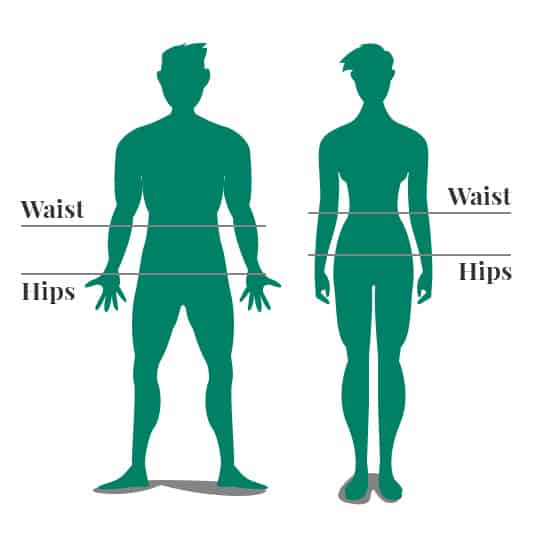Exercising to achieve a healthy weight

Weight management involves balancing a nutritious diet, physical activity and overall healthy habits to maintain an ideal body weight. Being overweight can increase your risk of a number of health issues, including heart disease and diabetes.
Indicators to Determine One’s Risk for Obesity and Heart Disease
Body Mass Index (BMI)
BMI measures the relationship between your weight and height to calculate the amount of body fat you have.

Waist-to-hip Ratio (WHR)
WHR = Waist Circumference / Hip Circumference
Men should strive to have a WHR of less than 0.90.
Women should strive to have a WHR of less than 0.80.
Exercise and Cardiovascular Risk Reduction
Being fit or active can reduce the risk of heart disease by more than 50 per cent. Simple brisk walking, for example, is associated with a 30 to 50 per cent reduction in risk for heart disease, obesity, diabetes and stroke. When losing weight, aim for a weight loss of not more than 0.5 to 1kg per week or 10 per cent of your body weight over six months.

How Much Exercise Do I Need?
Aerobic Activity
1. At least 30 minutes of moderate intensity physical activity, five times each week for a total of 150 minutes per week or more (64 to 76 percent of maximum heart rate).
2. If you do not have the time to complete 30 minutes or more at one time, you can break it up in your day (ie. 10 minutes, three times a day).
3. To achieve weight loss, 150 to 420 minutes per week of physical activity might be needed.
4. Moderate intensity means that you are working hard enough that you can talk, but not sing, during the activity.
Examples of moderate-intensity activities:
- Brisk walking (at a walking pace of 1km in 10 to 15 minutes)
- Badminton
- Leisure biking (riding on level ground, or with a few hills)
- Table tennis
- Swimming
- Cycling
Strength Training
1. Do it two times a week.
2. Engaging in regular muscle-strengthening (or resistance training) activities will increase muscle mass that helps to burn calories.
3. Do eight to 10 different exercises.
4. Adults should aim to do eight to 12 repetitions for each set of exercise.
5. Give yourself a rest period of at least two days between each session.
Examples of muscle-strengthening activities include:
- Free weights
- Weight-lifting machines
- Resistance bands
- Body weight exercises (eg. push-ups, sit-ups and squats)


